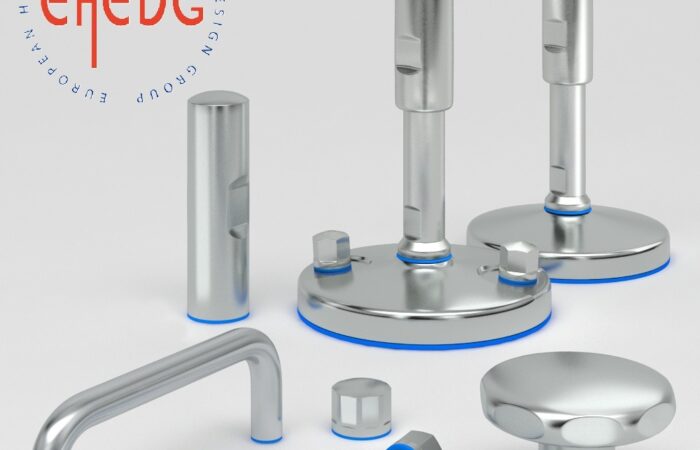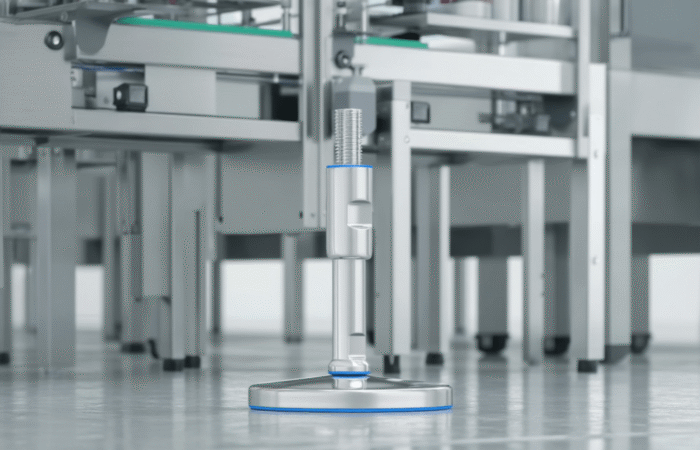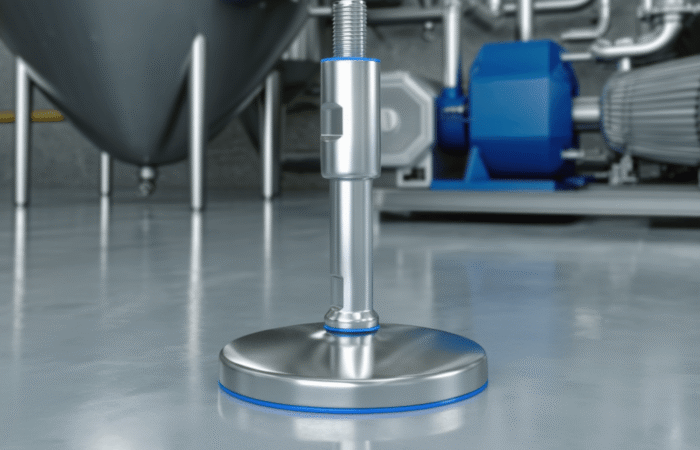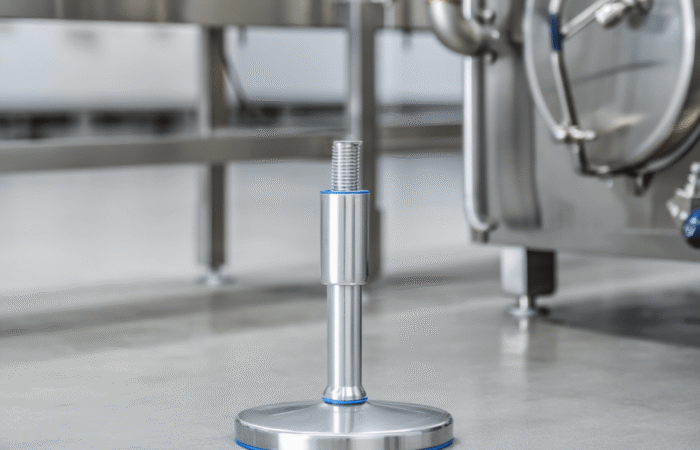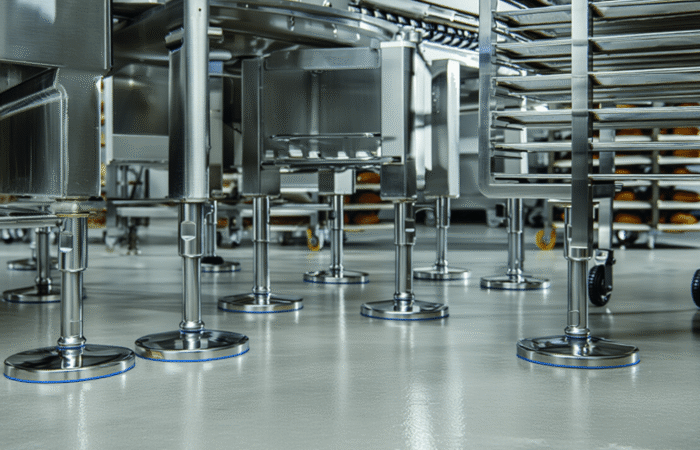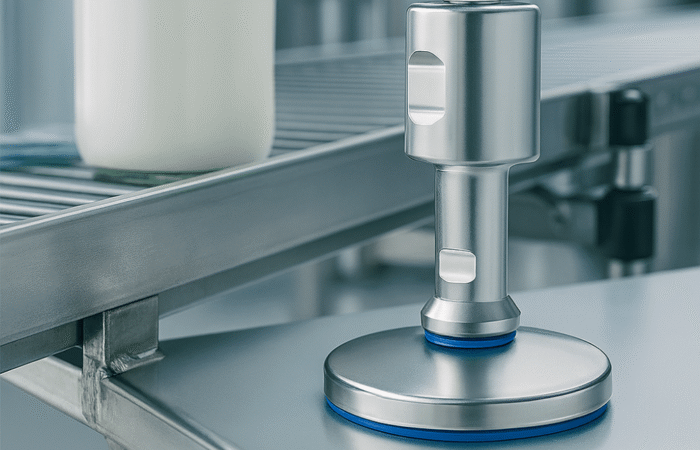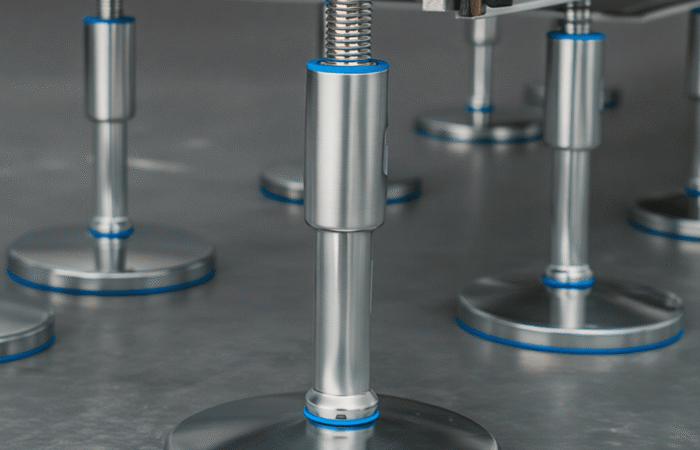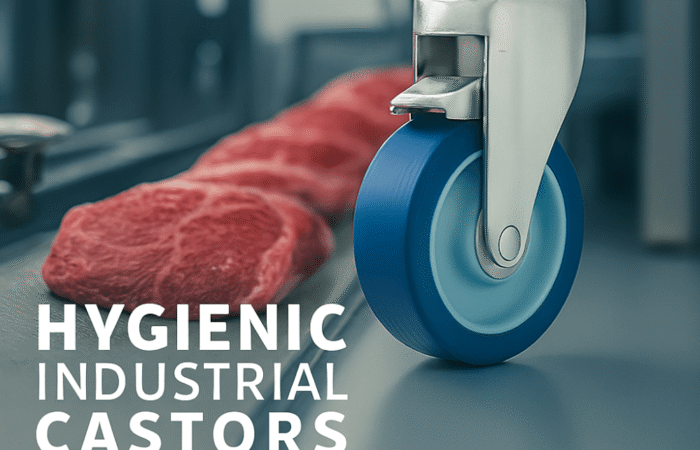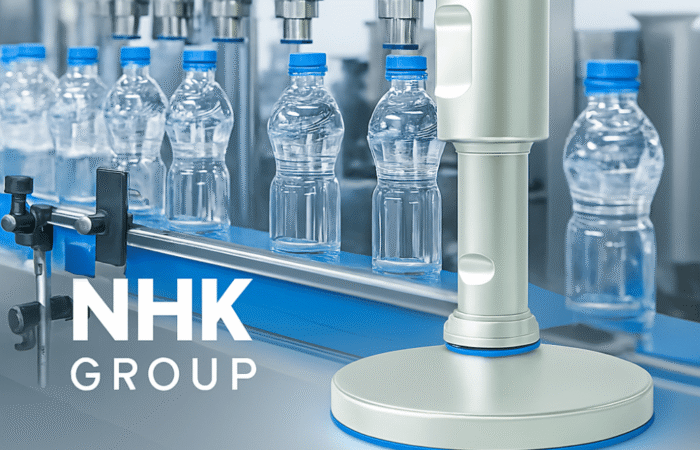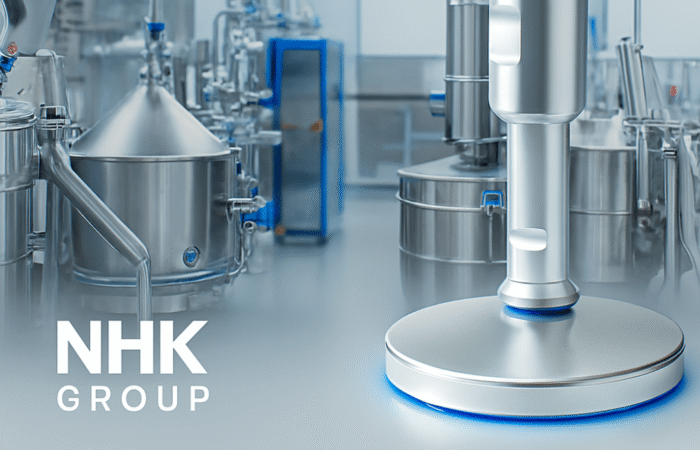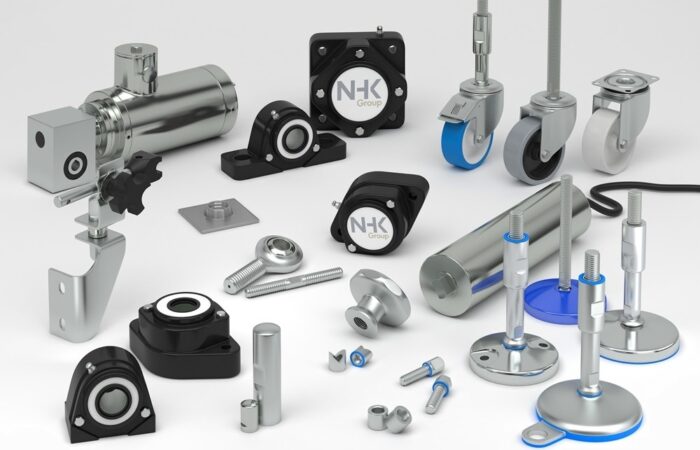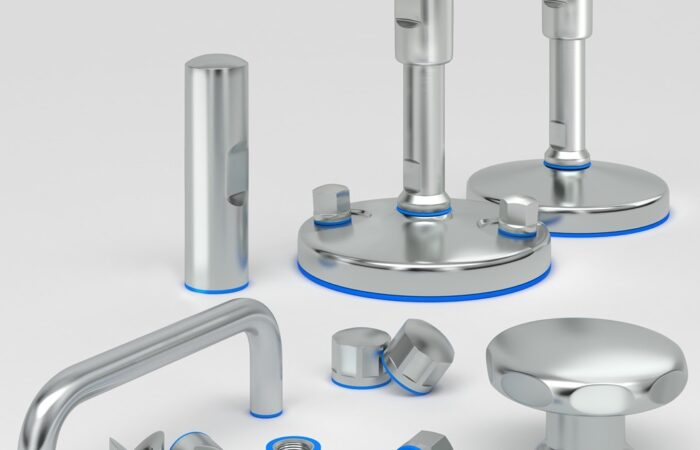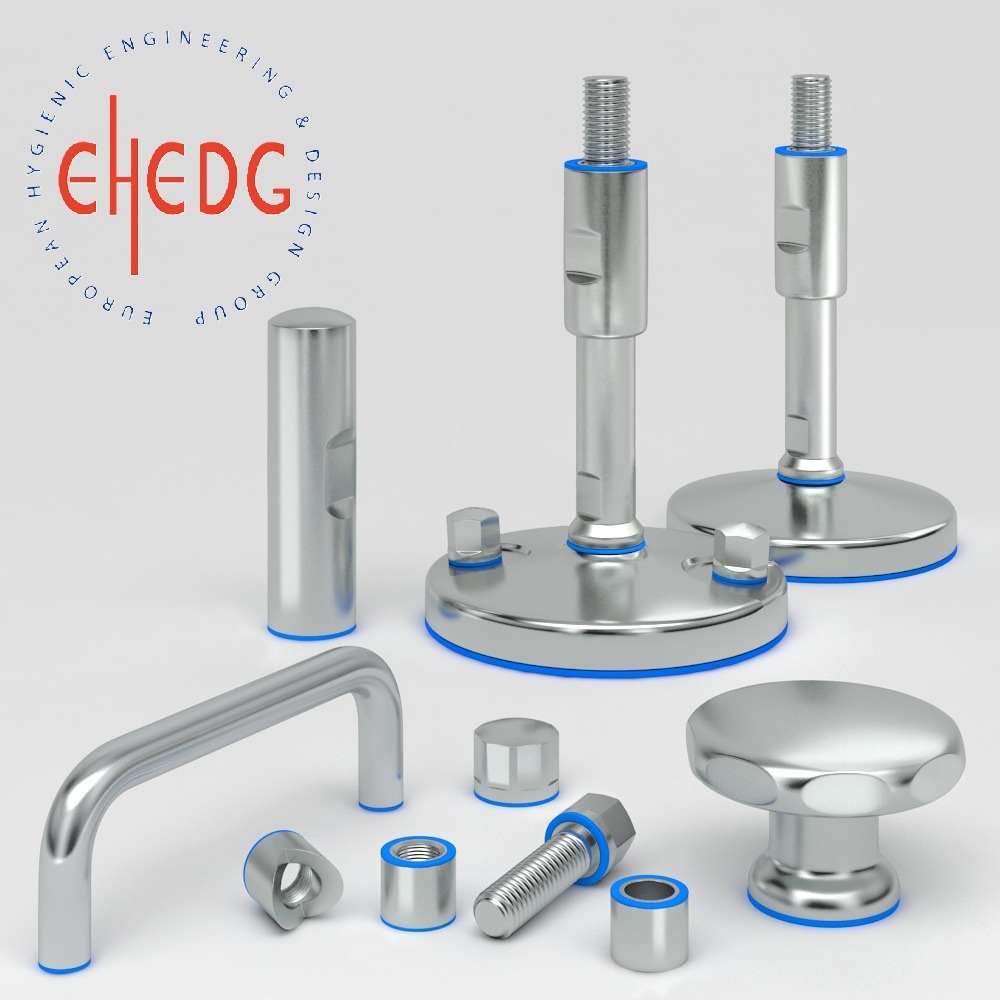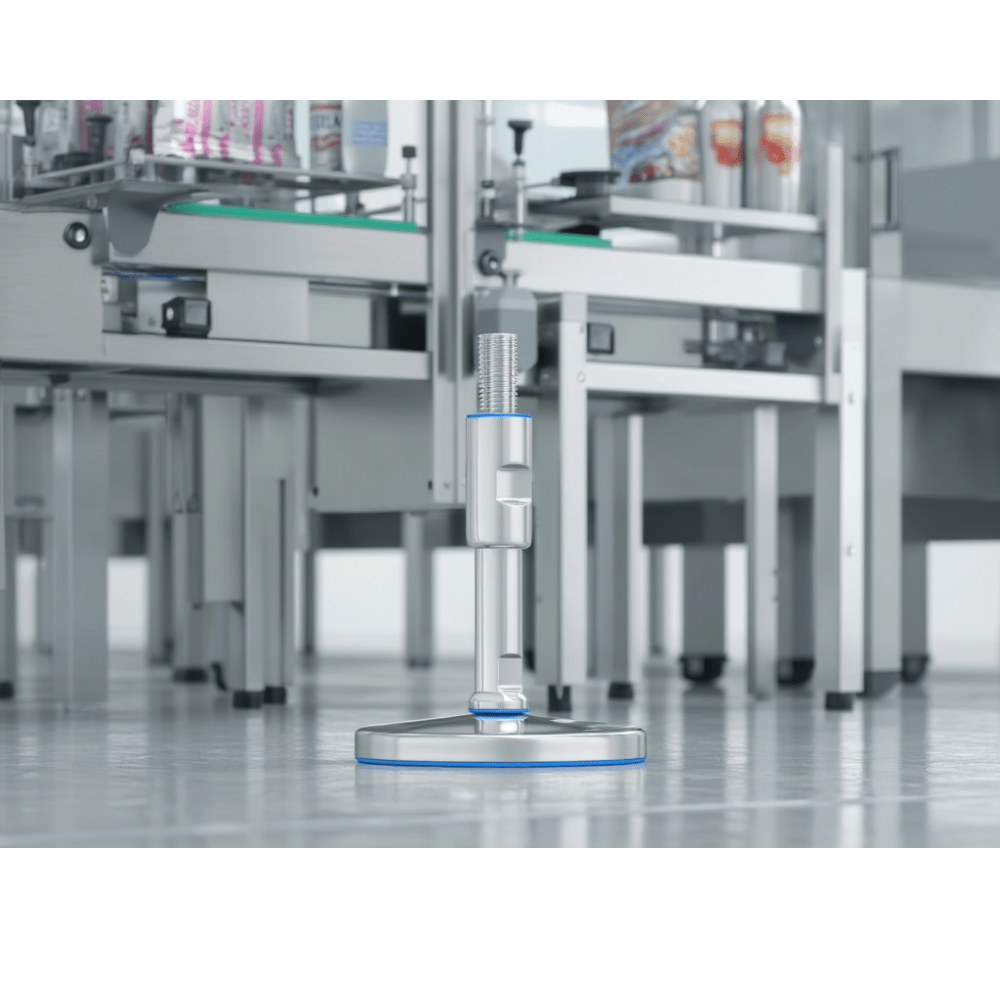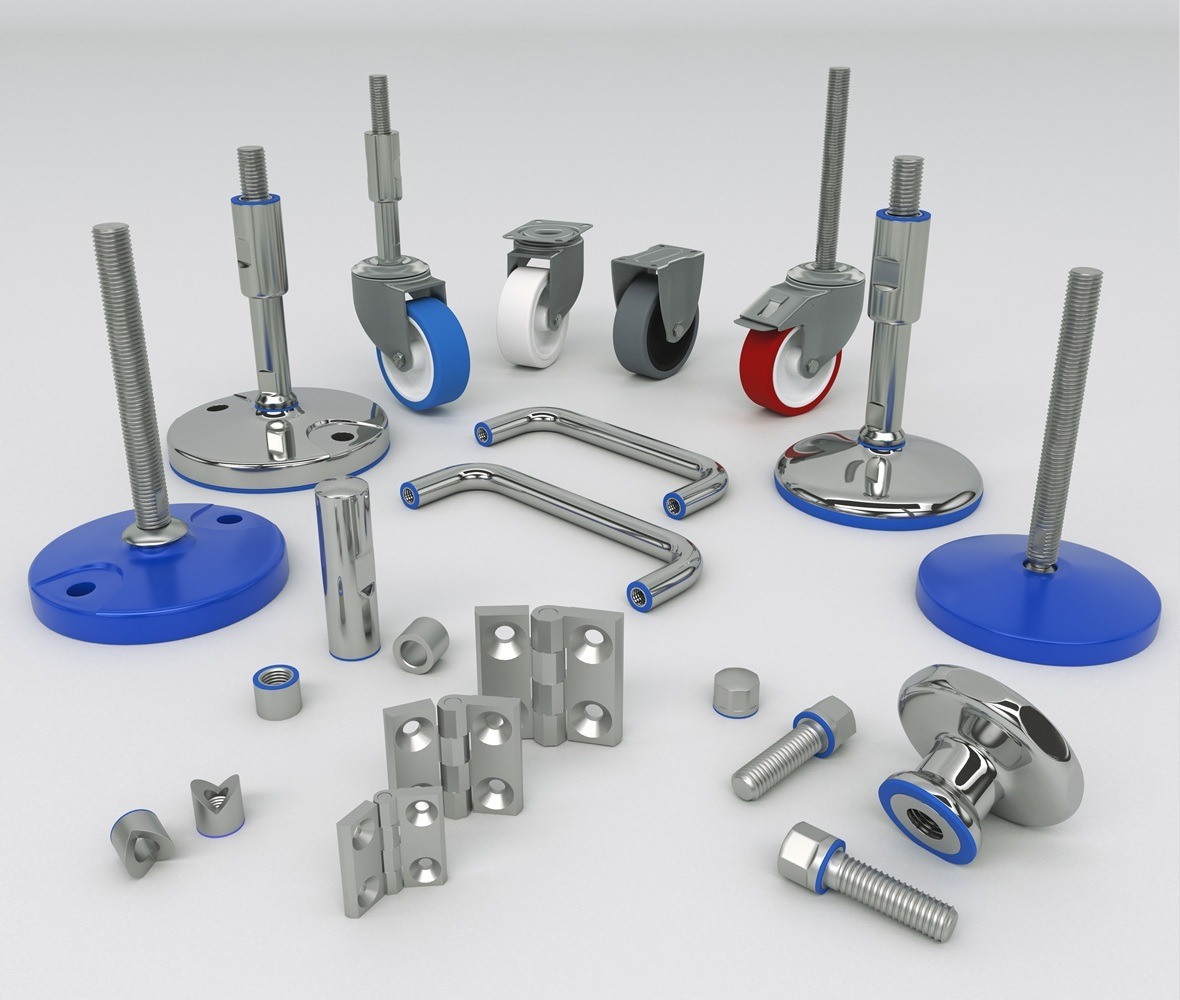
Food Processing Equipment
Food processing is a critical industry that transforms raw ingredients into consumable products, maintaining safety, hygiene, and quality. The backbone of this industry is its diverse range of equipment designed for various stages of production, such as washing, cutting, mixing, cooking, and packaging. In this article, we’ll explore the essential machinery used in food processing, highlighting their roles, benefits, and applications. Food processing equipment can be categorized based on their function, ensuring seamless integration into production lines. Here are the primary categories: Hygiene is a top priority in food processing, making cleaning and washing equipment indispensable. This machinery is used to remove dirt, debris, and contaminants from raw ingredients. Examples include: Precision and efficiency are critical in cutting and chopping operations, ensuring uniformity and reducing waste. Key examples include: Mixing and blending ensure homogeneity in processed food products. Typical examples include: Cooking is a critical step that ensures flavor development and food safety. Popular machines include: After cooking, cooling and freezing equipment preserve the food’s quality and extend its shelf life. Key machinery includes: Conveyors and packaging machines are essential for streamlining the final stages of food processing. Conveyor systems transport raw materials and finished products across production lines. Examples include: Packaging preserves freshness, prevents contamination, and ensures easy transportation. Common machines are: In food processing, equipment design plays a significant role in ensuring hygiene and reducing contamination risks. Machines must comply with global standards like EHEDG (European Hygienic Engineering and Design Group) and Sanitary Standards. Key features include: The food industry is rapidly evolving, and manufacturers are adopting innovative solutions to enhance efficiency and sustainability. Key trends include: Food processing equipment is the cornerstone of modern food production, offering efficiency, hygiene, and scalability. From cleaning and cutting to mixing, cooking, and packaging, each machine plays a pivotal role in transforming raw materials into high-quality products. As the industry advances, investing in innovative, hygienic, and sustainable equipment will be key to staying competitive.What Is the Equipment Used in Food Processing?
Categories of Food Processing Equipment
1. Cleaning and Washing Equipment
2. Cutting and Chopping Equipment
3. Mixing and Blending Equipment
4. Cooking and Heating Equipment
5. Cooling and Freezing Equipment
Specialized Equipment for Specific Industries
1. Dairy Industry
2. Meat and Poultry Industry
3. Snack Food Industry
4. Beverage Industry
Conveying and Packaging Equipment
1. Conveying Systems
2. Packaging Machines
Importance of Hygienic Design in Food Processing Equipment
Trends in Food Processing Equipment
What Equipment Is Used in Food Processing? Your Ultimate Guide
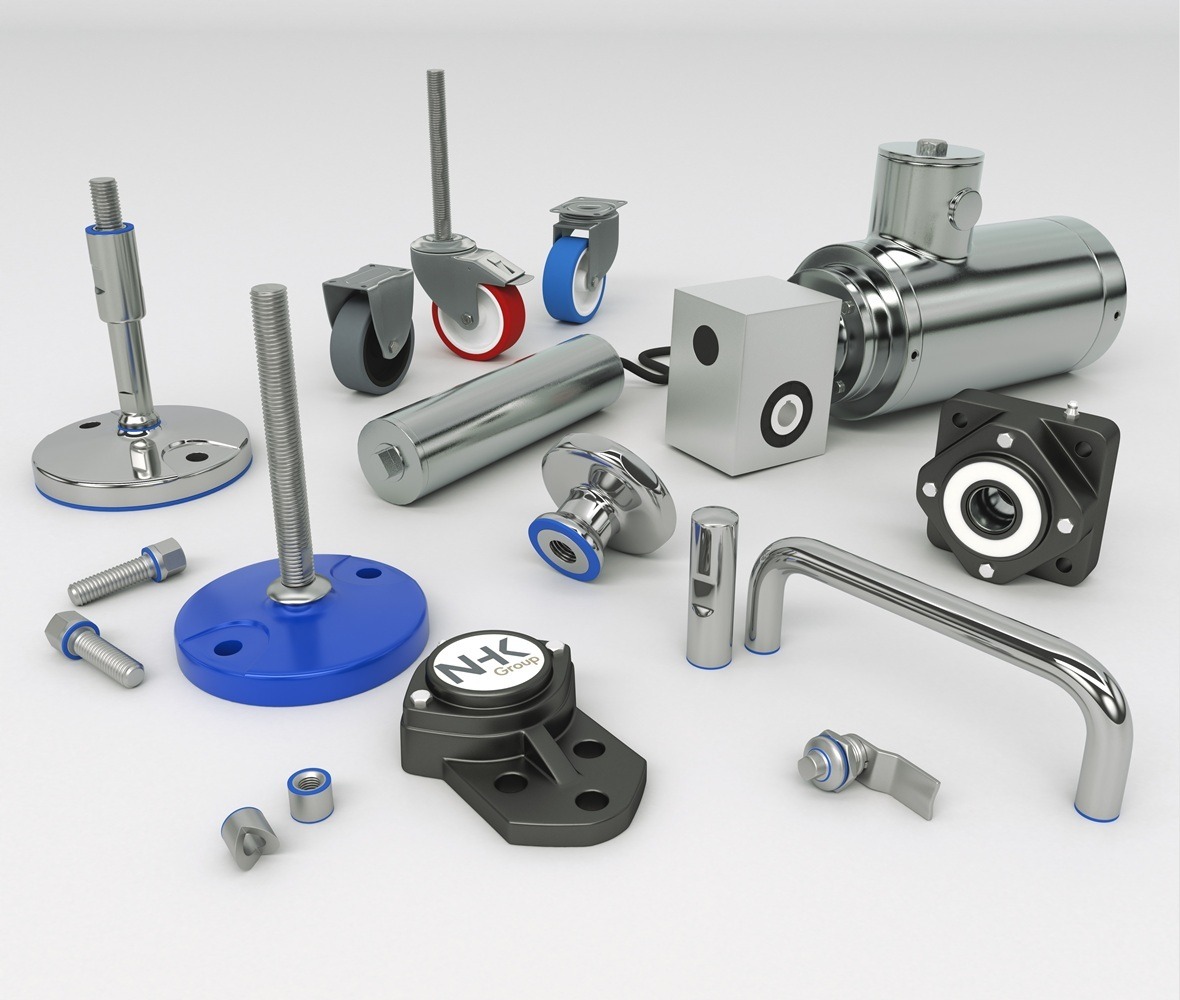
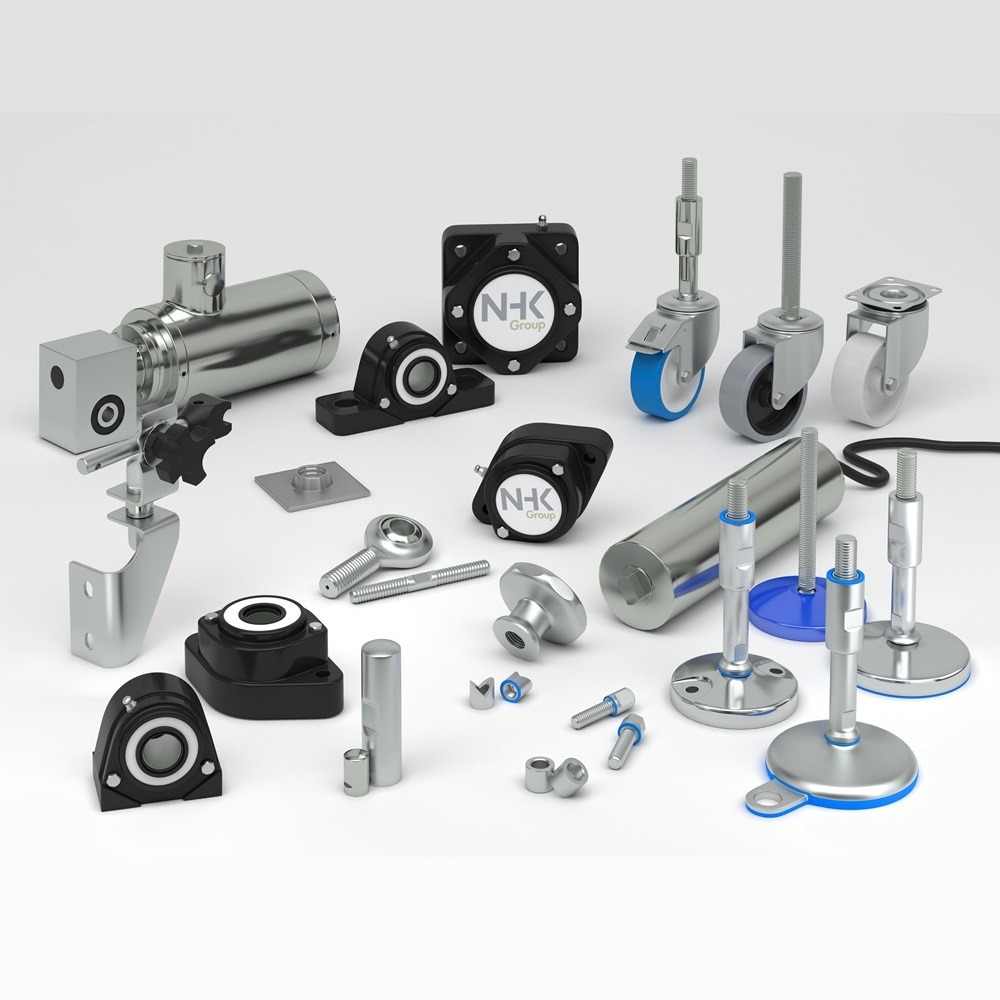
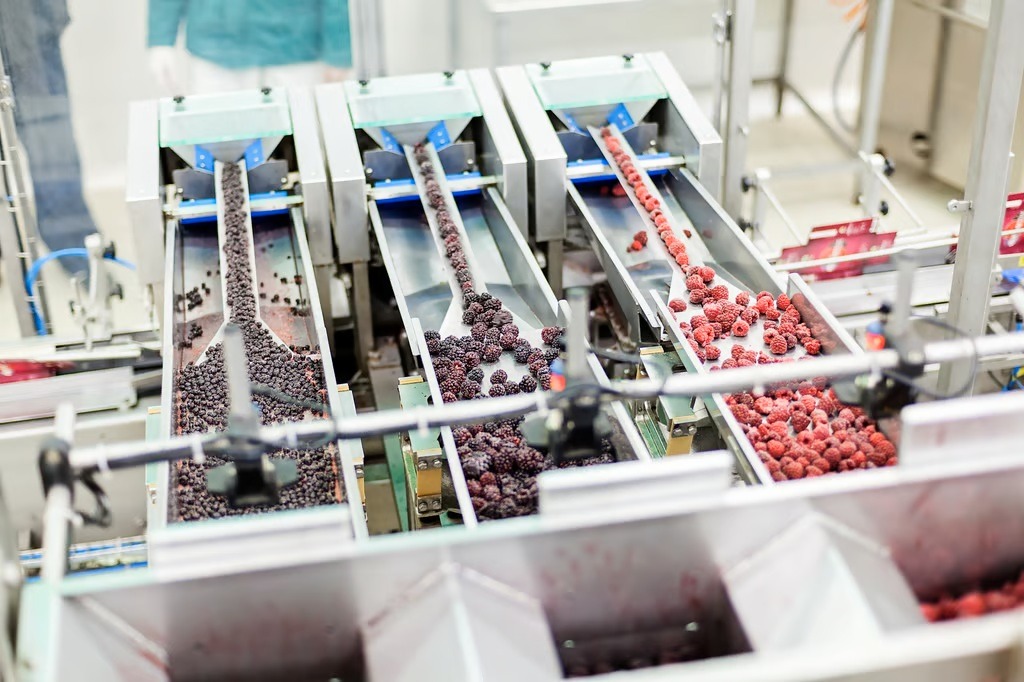
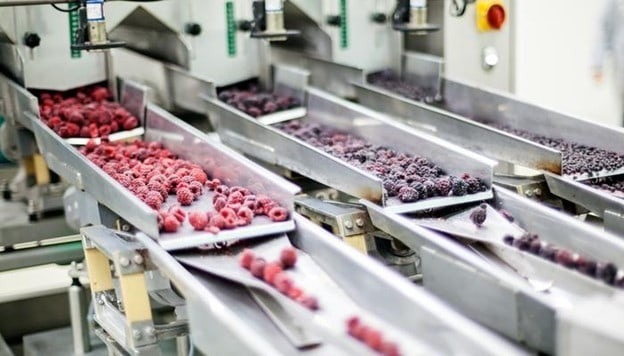
Contact
